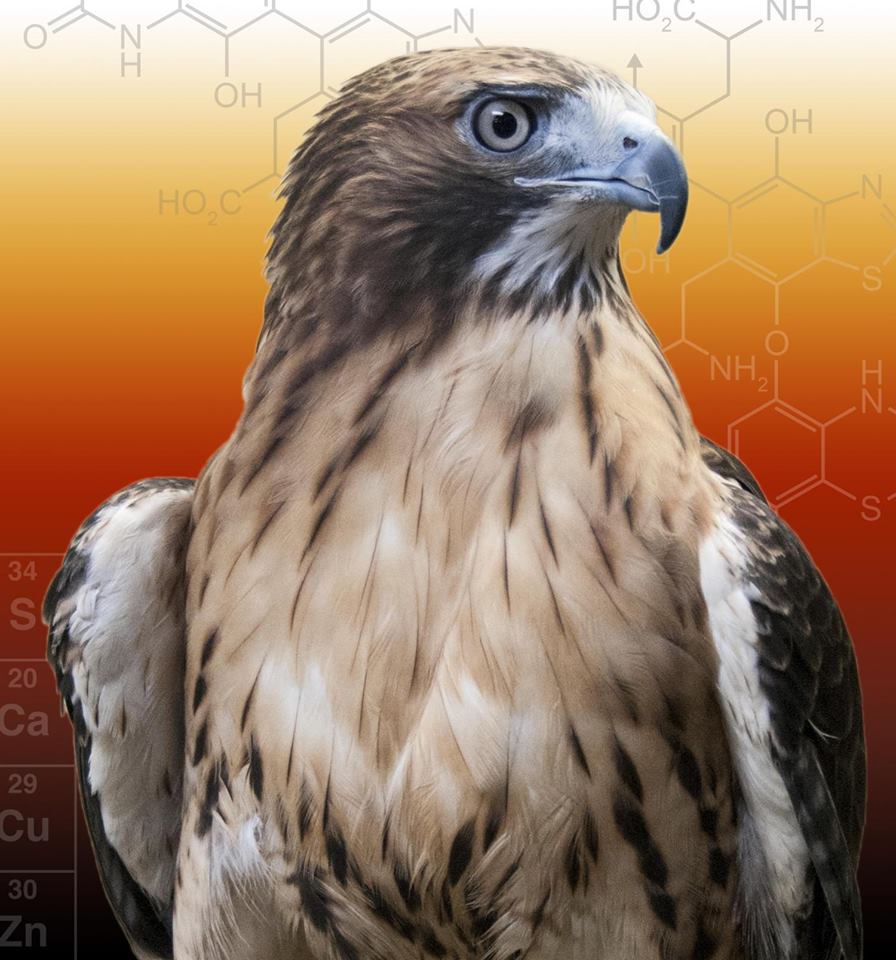New discoveries in fossil colour
An international team of scientists led by The University of Manchester has used state-of-the-art X-ray methods to analyse the chemistry of feathers of birds, in order to discover the true colours of extinct ancient animals such as dinosaurs.

Melanin is the dominant pigment in mammals and birds that gives them either a black/dark brown colour, for example in ravens, or a reddish/yellow hue, as in foxes. The black pigment is called eumelanin, while the reddish type is pheomelanin.
Pioneering research at The University’s Interdisciplinary Centre for Ancient Life has studied the feathers of modern birds in order to find long-lived chemical markers for these different pigments, so that traces may be reconstructed in fossil specimens.
In collaboration with the UK’s Diamond Light Source x-ray laboratories and Stanford University in the USA, the scientists analysed feathers shed by birds housed in animal sanctuaries. Their research has been able to show that the trace metal zinc, when it is bonded to sulphur compounds in a specific way, is a reliable and sensitive indicator for the presence of pheomelanin within the distinct feathers of birds of prey.
This remarkable discovery means that scientists may perhaps now be able to go beyond monochrome depictions of extinct creatures, and make the first steps towards portraying colours based upon chemical evidence.
"A fundamental rule in geology is that the present is the key to the past. This work on modern animals now provides another chemical ‘key’ for helping us to accurately reconstruct the appearance of long extinct animals." -- Roy Wogelius, Professor of Geochemistry and senior author of the study
More information: http://phys.org/ne…/2016-09-true-colour-extinct-animals.html
The study itself: http://www.nature.com/articles/srep34002


